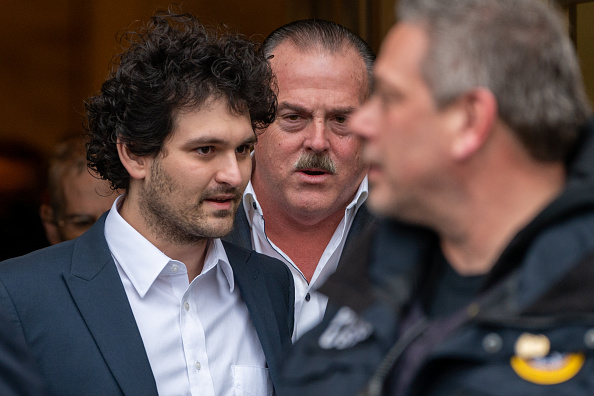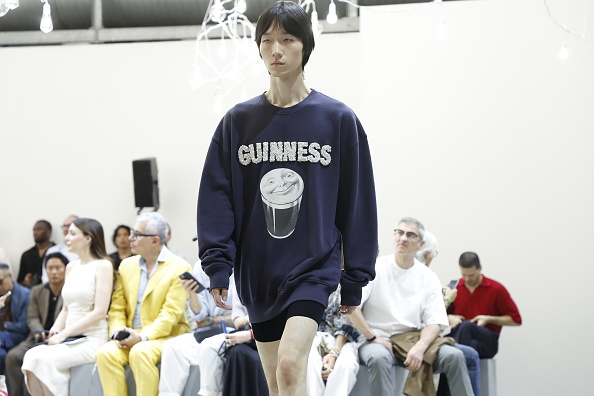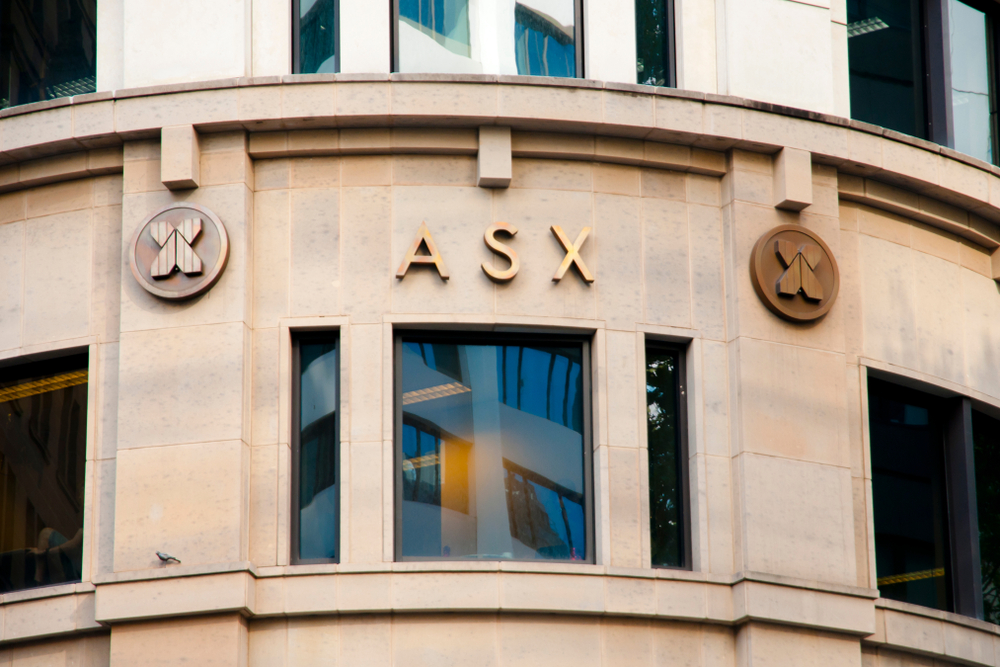Sam Bankman-Fried Released on $250 Million Bond
FTX founder makes first U.S. court appearance following his extradition from the Bahamas
FTX founder Sam Bankman-Fried was released on a $250 million bond Thursday and ordered to detention in his parents’ Palo Alto, Calif., home, after the former executive’s first appearance in a New York federal court following his extradition from the Bahamas.
Mr. Bankman-Fried, charged with engaging in criminal conduct that contributed to the cryptocurrency exchange’s collapse, came to court shackled by the ankles and wearing a charcoal grey suit. He sat quietly at the defence table, flanked by his lawyers.
Mr. Bankman-Fried left the courthouse in a black SUV. At a later date he will enter a plea on charges that he engaged in fraud and other offences, a federal magistrate judge said. The next court hearing is set for Jan. 3.
Magistrate Judge Gabriel Gorenstein set the bail package, which requires Mr. Bankman-Fried to be under electronic monitoring and restricts his travel to parts of northern California and New York.
Assistant U.S. Attorney Nicolas Roos called Mr. Bankman-Fried’s alleged crimes “a fraud of epic proportions” and said he believed the $250 million bond was the largest ever. The judge said the bond would be cosigned by four financially responsible people, including one non-family member.
The evidence against Mr. Bankman-Fried includes the testimony of multiple cooperators and more than a dozen witnesses from FTX and his crypto-trading firm Alameda Research, as well as encrypted text messages and tens of thousands of pages of financial documents, Mr. Roos said.
The government agreed to the bail package, Mr. Roos said, because Mr. Bankman-Fried had consented to extradition. Mr. Bankman-Fried’s financial assets had diminished significantly from when they were worth billions of dollars, he said.
Mark Cohen, a lawyer for Mr. Bankman-Fried, said his client agreed to extradition, which could have taken years, in order to address the charges. He noted Mr. Bankman-Fried would be living with both of his parents, who helped to secure his bond with the equity interest in their home.
Judge Gorenstein said he agreed to the bail package because he believed Mr. Bankman-Fried wasn’t a flight risk and didn’t pose a danger to the community.
“It will be very difficult for this defendant to hide without being recognised,” the judge said. Mr. Bankman-Fried had achieved such notoriety that it would be impossible for him to conduct any financial transactions, the judge added.
When the judge asked if Mr. Bankman-Fried understood that he could be charged with bail jumping if he failed to appear in court, he looked at his lawyers then said, “Yes, I do.”
Mr. Bankman-Fried has acknowledged making mistakes while running the company, but has denied committing fraud.
His appearance caps a dramatic series of legal developments that began when Mr. Bankman-Fried told a Bahamas judge Wednesday morning that he wanted to be transferred immediately to the U.S. to face charges and try to “make the relevant customers whole.”
After U.S. officials had him on a plane en route to New York on Wednesday night, they announced that two of his closest associates had pleaded guilty to several criminal offences and were cooperating with prosecutors.
Caroline Ellison, the former chief executive of Alameda Research, pleaded guilty to seven criminal counts, and former FTX Chief Technology Officer Gary Wang to four counts, according to their plea agreements. Their cooperation with investigators likely strengthens prosecutors’ case against Mr. Bankman-Fried, who is accused of defrauding customers, lenders and investors. It could also increase the legal peril facing other former FTX officials who played a role in the alleged scheme, as prosecutors have two insiders’ accounts and documents upon which they could rely at any future trials.
According to documents made public Thursday, Ms. Ellison and Mr. Wang pleaded guilty to participating in a scheme to defraud FTX customers from 2019 through November 2022 by misappropriating customer deposits and lending them to Alameda. Ms. Ellison also admitted participating in a scheme to defraud Alameda lenders by providing false information about its financial condition. She and Mr. Wang also pleaded guilty to misleading FTX investors.
Manhattan U.S. Attorney Damian Williams said in a video statement Wednesday that the investigation into FTX is ongoing. He urged anyone who participated in misconduct at FTX or Alameda to come forward soon.
A lawyer for Ms. Ellison declined to comment after her guilty plea was announced. A lawyer for Mr. Wang said his client took his obligations as a cooperating witness seriously.
Both Ms. Ellison, 28 years old, and Mr. Wang, 29, have ties to Mr. Bankman-Fried that predate his founding of FTX. Ms. Ellison and Mr. Bankman-Fried worked together at Jane Street, a quantitative-trading firm, and were once romantically involved. Mr. Wang and Mr. Bankman-Fried were in the same coed living group at the Massachusetts Institute of Technology.
The Securities and Exchange Commission and Commodity Futures Trading Commission also filed lawsuits against Ms. Ellison and Mr. Wang late Wednesday for their roles in a scheme to defraud FTX investors. Both agreed to settle the SEC’s and CFTC’s claims and to accept liability, according to the regulators.
Mr. Bankman-Fried is also charged with conspiring with others to make illegal campaign contributions. Mr. Williams said Mr. Bankman-Fried made political contributions look like they were coming from wealthy associates when in reality they were funded by Alameda with money from stolen customer funds.
Mr. Bankman-Fried personally donated $40 million to political campaigns and committees—mostly to Democrats and liberal-leaning groups.
FTX’s new management has said it would try to recoup campaign contributions made by Mr. Bankman-Fried and other FTX executives to pay back creditors.
 Copyright 2020, Dow Jones & Company, Inc. All Rights Reserved Worldwide. LEARN MORE
Copyright 2020, Dow Jones & Company, Inc. All Rights Reserved Worldwide. LEARN MORE
This stylish family home combines a classic palette and finishes with a flexible floorplan
Just 55 minutes from Sydney, make this your creative getaway located in the majestic Hawkesbury region.
Continued stagflation and cost of living pressures are causing couples to think twice about starting a family, new data has revealed, with long term impacts expected
Australia is in the midst of a ‘baby recession’ with preliminary estimates showing the number of births in 2023 fell by more than four percent to the lowest level since 2006, according to KPMG. The consultancy firm says this reflects the impact of cost-of-living pressures on the feasibility of younger Australians starting a family.
KPMG estimates that 289,100 babies were born in 2023. This compares to 300,684 babies in 2022 and 309,996 in 2021, according to the Australian Bureau of Statistics (ABS). KPMG urban economist Terry Rawnsley said weak economic growth often leads to a reduced number of births. In 2023, ABS data shows gross domestic product (GDP) fell to 1.5 percent. Despite the population growing by 2.5 percent in 2023, GDP on a per capita basis went into negative territory, down one percent over the 12 months.
“Birth rates provide insight into long-term population growth as well as the current confidence of Australian families,” said Mr Rawnsley. “We haven’t seen such a sharp drop in births in Australia since the period of economic stagflation in the 1970s, which coincided with the initial widespread adoption of the contraceptive pill.”
Mr Rawnsley said many Australian couples delayed starting a family while the pandemic played out in 2020. The number of births fell from 305,832 in 2019 to 294,369 in 2020. Then in 2021, strong employment and vast amounts of stimulus money, along with high household savings due to lockdowns, gave couples better financial means to have a baby. This led to a rebound in births.
However, the re-opening of the global economy in 2022 led to soaring inflation. By the start of 2023, the Australian consumer price index (CPI) had risen to its highest level since 1990 at 7.8 percent per annum. By that stage, the Reserve Bank had already commenced an aggressive rate-hiking strategy to fight inflation and had raised the cash rate every month between May and December 2022.
Five more rate hikes during 2023 put further pressure on couples with mortgages and put the brakes on family formation. “This combination of the pandemic and rapid economic changes explains the spike and subsequent sharp decline in birth rates we have observed over the past four years,” Mr Rawnsley said.
The impact of high costs of living on couples’ decision to have a baby is highlighted in births data for the capital cities. KPMG estimates there were 60,860 births in Sydney in 2023, down 8.6 percent from 2019. There were 56,270 births in Melbourne, down 7.3 percent. In Perth, there were 25,020 births, down 6 percent, while in Brisbane there were 30,250 births, down 4.3 percent. Canberra was the only capital city where there was no fall in the number of births in 2023 compared to 2019.
“CPI growth in Canberra has been slightly subdued compared to that in other major cities, and the economic outlook has remained strong,” Mr Rawnsley said. “This means families have not been hurting as much as those in other capital cities, and in turn, we’ve seen a stabilisation of births in the ACT.”
This stylish family home combines a classic palette and finishes with a flexible floorplan
Just 55 minutes from Sydney, make this your creative getaway located in the majestic Hawkesbury region.






















